Home>Home Appliances>Kitchen Appliances>How To Get Burn Marks Off Glass Stove Top
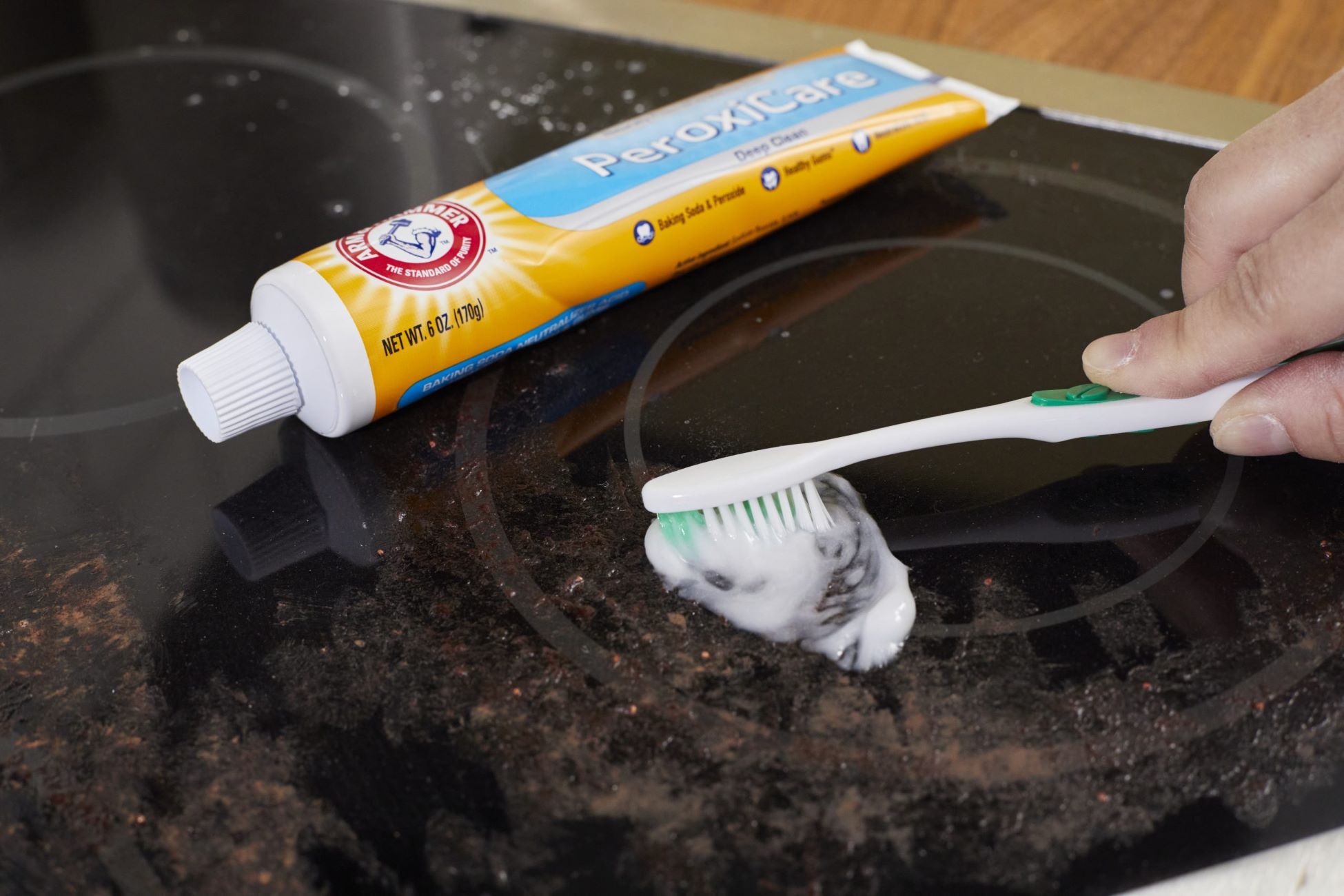

Kitchen Appliances
How To Get Burn Marks Off Glass Stove Top
Modified: February 17, 2024
Learn effective methods for removing burn marks from your glass stove top with simple kitchen-appliance solutions. Keep your kitchen looking clean and spotless.
(Many of the links in this article redirect to a specific reviewed product. Your purchase of these products through affiliate links helps to generate commission for Storables.com, at no extra cost. Learn more)
Introduction
A glass stove top is a sleek and modern addition to any kitchen, offering a smooth and elegant cooking surface. However, despite its aesthetic appeal, it is susceptible to unsightly burn marks that can detract from its beauty. Whether these marks are the result of a cooking mishap or simply the wear and tear of daily use, knowing how to effectively remove them is essential for maintaining the pristine appearance of your glass stove top.
In this comprehensive guide, we will explore various methods for removing burn marks from a glass stove top, providing you with the knowledge and tools necessary to restore its luster. From utilizing common household items to employing specialized cleaning products, we will cover step-by-step instructions to ensure that your glass stove top regains its original brilliance.
Understanding the nature of burn marks and the materials needed for the cleaning process is crucial for achieving optimal results. By following the methods outlined in this guide, you can effectively eliminate burn marks and prevent future damage, allowing your glass stove top to remain a focal point of your kitchen for years to come. Let's delve into the details and discover the best ways to restore the pristine condition of your glass stove top.
Key Takeaways:
- Say goodbye to burn marks on your glass stove top by using natural cleaners like vinegar and baking soda. These household items work together to gently remove stubborn residue without damaging the surface.
- Prevent future burn marks by adopting mindful cooking practices and using protective cookware. Regular cleaning and immediate spill cleanup are key to maintaining the sleek appearance of your glass stove top.
Read more: How To Get Burn Marks Off Glass Top Stove
Understanding the Burn Marks
Burn marks on a glass stove top can be a frustrating eyesore, often resulting from spills, overheated cookware, or the accumulation of food residue over time. These marks are not only unsightly but can also affect the stove's heating efficiency if left unaddressed. Understanding the nature of these burn marks is essential for selecting the most effective cleaning method.
The burn marks on a glass stove top are typically a combination of carbonized food particles and mineral deposits. When food spills or splatters onto the hot surface, it can quickly adhere and carbonize, creating stubborn marks that are challenging to remove. Additionally, mineral deposits from water or cooking liquids can further contribute to the discoloration and buildup on the glass surface.
It's important to note that attempting to clean burn marks with improper methods or harsh abrasives can potentially scratch or damage the glass surface, exacerbating the problem. Therefore, a delicate yet effective approach is necessary to ensure the restoration of the stove top's pristine appearance without causing harm.
By understanding the composition of these burn marks, you can approach the cleaning process with the knowledge that a combination of gentle yet potent cleaning agents and techniques will be required to effectively eliminate the stubborn residue. With this understanding, you can proceed to gather the necessary materials and confidently embark on the journey to restore your glass stove top to its original luster.
Materials Needed
To effectively tackle the task of removing burn marks from a glass stove top, you will need a combination of common household items and specialized cleaning products. These materials are essential for executing the cleaning methods outlined in this guide, ensuring that you have the necessary tools to achieve optimal results.
-
White Vinegar: This versatile household staple is renowned for its natural cleaning properties. Its acidic nature makes it an effective agent for breaking down stubborn residue and mineral deposits on the glass surface.
-
Baking Soda: Another household staple, baking soda serves as a gentle yet potent abrasive that aids in lifting and loosening burnt-on food particles without scratching the glass surface.
-
Microfiber Cloth or Soft Sponge: Utilizing a soft, non-abrasive cloth or sponge is crucial for gently wiping and buffing the glass stove top without causing damage.
-
Razor Blade Scraper: A razor blade scraper with a handle is a valuable tool for carefully removing tough, caked-on residue without scratching the glass surface. It provides precision and control when dealing with stubborn burn marks.
-
Commercial Glass Stove Top Cleaner: Opting for a specialized glass stove top cleaner can provide added strength in tackling persistent burn marks. Look for a cleaner specifically formulated for glass surfaces to ensure compatibility and effectiveness.
-
Cooktop Scraper or Non-Scratch Pad: A cooktop scraper or non-scratch pad designed for glass surfaces can aid in gently lifting and dislodging tough residue, offering an additional layer of protection against scratches.
-
Rubber Gloves: Protecting your hands with rubber gloves is advisable, especially when working with cleaning agents and handling the razor blade scraper.
By assembling these materials, you will be well-equipped to address the burn marks on your glass stove top using the methods outlined in this guide. Each item plays a crucial role in the cleaning process, ensuring that you can approach the task with confidence and precision, ultimately restoring the pristine condition of your glass stove top.
Step 1: Cleaning with Vinegar and Baking Soda
The combination of white vinegar and baking soda offers a powerful yet gentle approach to tackling burn marks on a glass stove top. This natural cleaning method harnesses the acidic properties of vinegar and the gentle abrasiveness of baking soda to effectively break down stubborn residue and lift away burnt-on food particles without causing damage to the glass surface.
To begin the cleaning process, start by generously sprinkling baking soda over the affected areas of the glass stove top. The baking soda acts as a mild abrasive, working to loosen and lift the burnt-on residue while simultaneously neutralizing odors. Allow the baking soda to sit on the surface for a few minutes to maximize its cleaning action.
Next, dampen a microfiber cloth or soft sponge with white vinegar. The acidic nature of the vinegar makes it an excellent agent for breaking down tough stains and mineral deposits. Gently wipe the vinegar-dampened cloth or sponge over the baking soda-covered areas, using circular motions to work the mixture into the burn marks. The combination of vinegar and baking soda creates a foaming action, further aiding in the breakdown of stubborn residue.
After allowing the vinegar and baking soda mixture to work its magic for a few minutes, use the damp cloth or sponge to gently scrub the glass stove top, paying particular attention to the areas with burn marks. The gentle abrasiveness of the baking soda, combined with the acidic cleaning power of the vinegar, helps to lift and dissolve the stubborn residue, gradually restoring the glass surface to its original luster.
Once the burn marks have been effectively treated with the vinegar and baking soda mixture, use a clean, damp cloth to thoroughly wipe away the residue. Follow up with a dry microfiber cloth to buff the glass stove top, leaving it gleaming and free from unsightly marks.
This natural cleaning method offers a safe and effective way to address burn marks on a glass stove top, harnessing the power of common household items to achieve impressive results. By utilizing the cleaning prowess of vinegar and baking soda, you can restore the pristine appearance of your glass stove top without the need for harsh chemicals or abrasive cleaners.
Use a mixture of baking soda and water to create a paste. Apply it to the burn marks and let it sit for 15 minutes. Then, scrub with a non-abrasive sponge to remove the marks.
Step 2: Using a Razor Blade
When dealing with stubborn burn marks that have resisted conventional cleaning methods, employing a razor blade scraper can provide the precision and strength necessary to effectively remove the persistent residue from a glass stove top. This method requires careful attention and a gentle touch to ensure that the razor blade effectively lifts the tough deposits without causing damage to the glass surface.
To begin, it is essential to use a razor blade scraper specifically designed for glass stove tops, featuring a handle that provides a comfortable grip and allows for controlled maneuvering. Before proceeding, ensure that the glass surface is cool to the touch to prevent any potential safety hazards.
Hold the razor blade scraper at a low angle, almost parallel to the glass surface, and gently glide it over the burn marks. Exercise caution and apply minimal pressure, allowing the sharp edge of the razor blade to delicately lift the stubborn residue without scratching the glass. It is crucial to maintain a light touch and avoid using excessive force, as this could result in damage to the glass stove top.
As you carefully maneuver the razor blade scraper over the burn marks, periodically wipe away the lifted residue with a clean, damp cloth to assess the progress. This step-by-step approach allows you to monitor the effectiveness of the razor blade method while ensuring that the glass surface remains free from debris.
For particularly stubborn or caked-on residue, the razor blade scraper provides targeted precision, enabling you to focus on specific areas of the burn marks with unparalleled accuracy. By methodically addressing each affected area, you can gradually eliminate the persistent residue, revealing the pristine glass surface underneath.
Once the burn marks have been successfully treated with the razor blade scraper, thoroughly clean the glass stove top with a gentle glass cleaner or a solution of mild dish soap and water. This final step removes any remaining residue and ensures that the glass surface is left sparkling and free from any lingering marks.
The use of a razor blade scraper offers a meticulous and effective approach to addressing stubborn burn marks on a glass stove top, providing the precision and control necessary to restore the surface to its original brilliance. When utilized with care and attention, the razor blade method can effectively eliminate even the most resilient residue, allowing your glass stove top to regain its pristine appearance.
Read more: How To Clean Burn Marks Off Toaster
Step 3: Applying Commercial Glass Stove Top Cleaner
In situations where stubborn burn marks persist despite the use of natural cleaning methods and razor blade scraping, a commercial glass stove top cleaner can provide the added strength and specialized formulation necessary to effectively tackle the resilient residue. These cleaners are specifically designed to target tough stains and burnt-on food particles without causing damage to the delicate glass surface, offering a convenient and potent solution for restoring the pristine appearance of the stove top.
To begin the process of applying a commercial glass stove top cleaner, ensure that the glass surface is cool to the touch to prevent any potential safety hazards. Select a high-quality glass stove top cleaner that is formulated for use on glass surfaces, ensuring compatibility and optimal cleaning performance. It is advisable to carefully review the manufacturer's instructions and recommendations before proceeding with the application.
Apply a small amount of the commercial glass stove top cleaner directly onto the affected areas of the glass surface. The precise application allows the cleaner to target the burn marks effectively, ensuring that the potent cleaning agents can penetrate and lift the stubborn residue. Using a soft, non-abrasive cloth or sponge, gently spread the cleaner over the burn marks, ensuring even coverage and allowing the formulation to work its magic.
Once the cleaner has been applied to the affected areas, allow it to sit for the recommended duration as per the manufacturer's instructions. This dwell time allows the specialized cleaning agents to penetrate and break down the tough residue, preparing it for easy removal. During this period, the cleaner works to dissolve the burnt-on food particles and stains, gradually restoring the glass surface to its original luster.
After the designated dwell time has elapsed, use a clean, damp cloth to gently wipe away the commercial glass stove top cleaner and the dissolved residue. Exercise care and precision to ensure that all traces of the cleaner and loosened residue are thoroughly removed from the glass surface. Follow up with a dry microfiber cloth to buff the stove top, leaving it gleaming and free from the stubborn burn marks.
The application of a commercial glass stove top cleaner offers a potent and convenient solution for addressing persistent burn marks, harnessing the specialized formulation to effectively dissolve tough residue and restore the pristine appearance of the glass surface. By following the manufacturer's instructions and employing a gentle touch, you can achieve impressive results, allowing your glass stove top to shine once more.
Step 4: Preventing Future Burn Marks
Preventing future burn marks on your glass stove top is essential for maintaining its pristine appearance and prolonging its longevity. By implementing proactive measures and adopting mindful cooking practices, you can effectively minimize the risk of unsightly burn marks, preserving the sleek and elegant aesthetic of your stove top.
-
Regular Cleaning Routine: Establishing a regular cleaning routine for your glass stove top is paramount in preventing the buildup of food residue and spills that can lead to burn marks. After each use, ensure that the stove top is thoroughly cleaned and any spills or splatters are promptly addressed. This proactive approach minimizes the opportunity for residue to adhere and carbonize, reducing the likelihood of stubborn burn marks.
-
Use of Protective Cookware: Opting for high-quality, non-abrasive cookware can significantly reduce the risk of burn marks on your glass stove top. Cookware with flat, smooth bottoms and non-metallic surfaces minimizes the potential for scratches and abrasions, preserving the integrity of the glass surface. Additionally, utilizing protective cookware such as splatter guards and silicone mats can further safeguard the stove top from spills and stains.
-
Mindful Cooking Practices: Practicing mindfulness while cooking can go a long way in preventing burn marks. Avoid allowing pots and pans to boil dry or overheat, as this can lead to the carbonization of food particles and the formation of stubborn marks. Additionally, using appropriate heat settings and ensuring that cookware is properly centered on the stove top reduces the likelihood of spills and splatters that can contribute to burn marks.
-
Immediate Spill Cleanup: Promptly addressing spills and splatters is crucial in preventing them from becoming stubborn burn marks. Keep a soft, non-abrasive cloth or sponge handy to quickly wipe away any spills or food residue while the stove top is still warm. This proactive approach prevents the residue from adhering and carbonizing, maintaining the pristine condition of the glass surface.
-
Regular Maintenance and Inspection: Periodically inspecting and maintaining your glass stove top can help identify and address potential issues before they escalate. Check for any signs of wear, scratches, or damage, and promptly address any concerns to prevent them from developing into more significant problems that could lead to burn marks.
By incorporating these preventive measures into your kitchen routine, you can effectively minimize the risk of burn marks on your glass stove top, ensuring that it remains a focal point of elegance and functionality in your kitchen for years to come. These proactive steps not only preserve the aesthetic appeal of the stove top but also contribute to its long-term durability and performance.
Conclusion
In conclusion, the process of removing burn marks from a glass stove top encompasses a blend of natural cleaning methods, precision techniques, and proactive measures to ensure the restoration of its pristine appearance. By understanding the nature of burn marks and the materials needed for effective cleaning, individuals can confidently address stubborn residue and prevent future damage.
The utilization of white vinegar and baking soda offers a natural and potent approach to breaking down burn marks, harnessing the cleaning prowess of these common household items to restore the glass surface. This method provides a gentle yet effective solution, ensuring that the stove top regains its original luster without the use of harsh chemicals.
For persistent burn marks, the careful use of a razor blade scraper provides precision and control, allowing individuals to delicately lift tough residue without causing damage to the glass surface. This targeted approach ensures that even the most resilient marks can be effectively eliminated, revealing a gleaming stove top underneath.
In cases where stubborn residue persists, the application of a commercial glass stove top cleaner offers a convenient and potent solution. The specialized formulation of these cleaners effectively dissolves tough stains and burnt-on food particles, restoring the glass surface to its original brilliance.
Furthermore, adopting proactive measures such as establishing a regular cleaning routine, using protective cookware, practicing mindful cooking practices, and promptly addressing spills can significantly reduce the risk of future burn marks. These preventive steps contribute to the long-term preservation of the glass stove top's elegance and functionality.
By following the comprehensive methods outlined in this guide and incorporating proactive measures into their kitchen routine, individuals can effectively maintain the pristine appearance of their glass stove top, ensuring that it remains a focal point of beauty and functionality in their kitchen for years to come. With the right knowledge, tools, and preventive strategies, the challenge of removing burn marks from a glass stove top can be met with confidence and success, allowing the stove top to shine with renewed brilliance.
Frequently Asked Questions about How To Get Burn Marks Off Glass Stove Top
Was this page helpful?
At Storables.com, we guarantee accurate and reliable information. Our content, validated by Expert Board Contributors, is crafted following stringent Editorial Policies. We're committed to providing you with well-researched, expert-backed insights for all your informational needs.
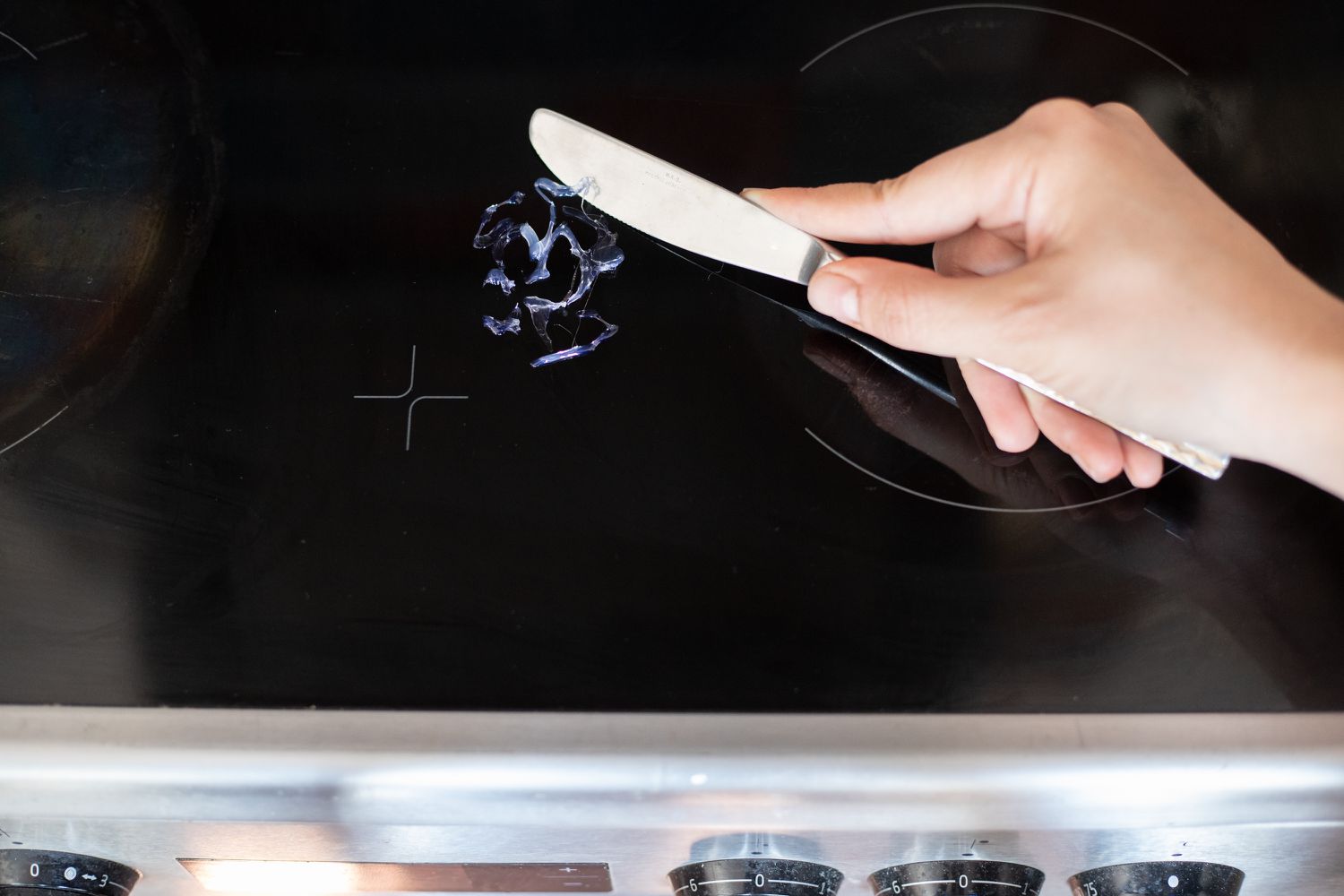
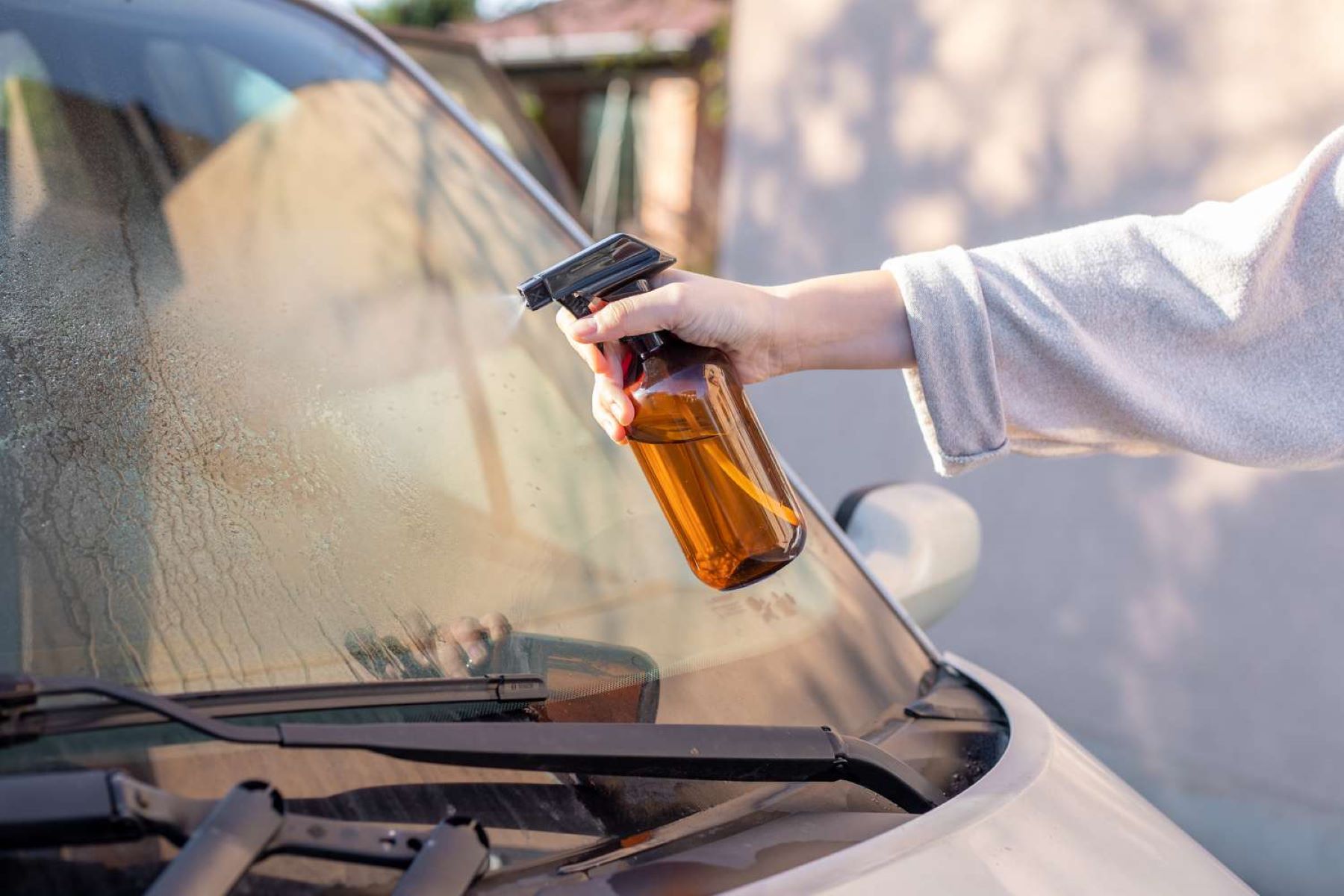
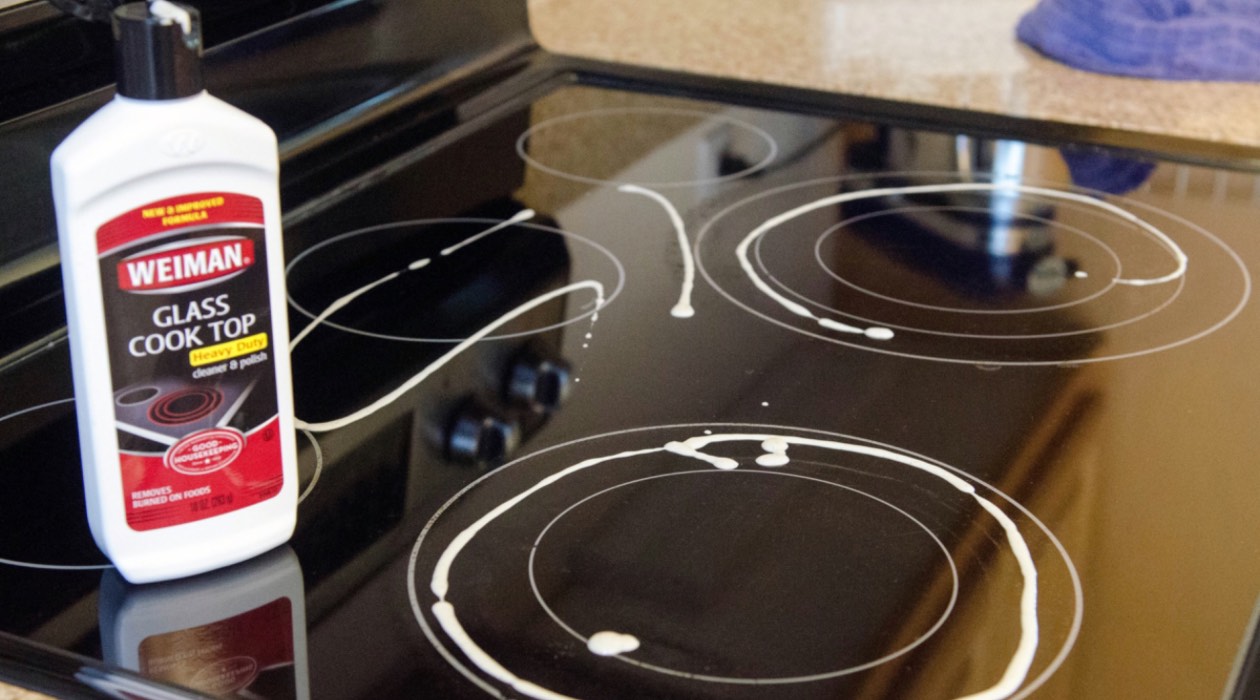
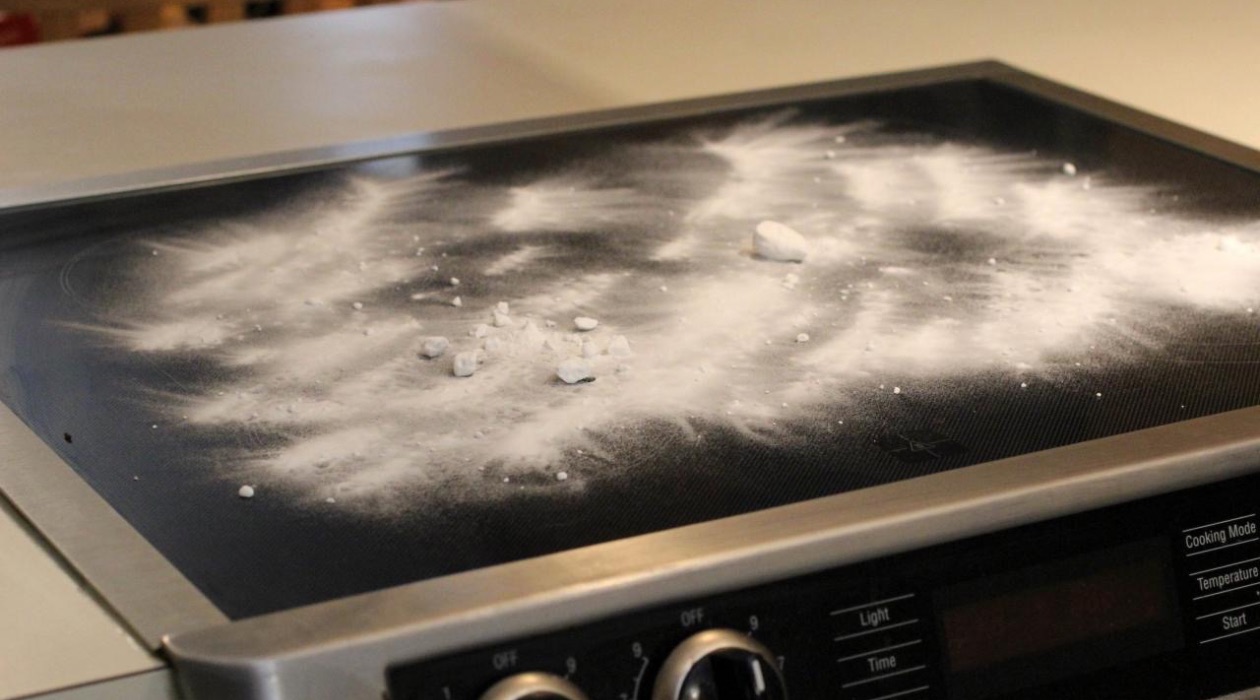
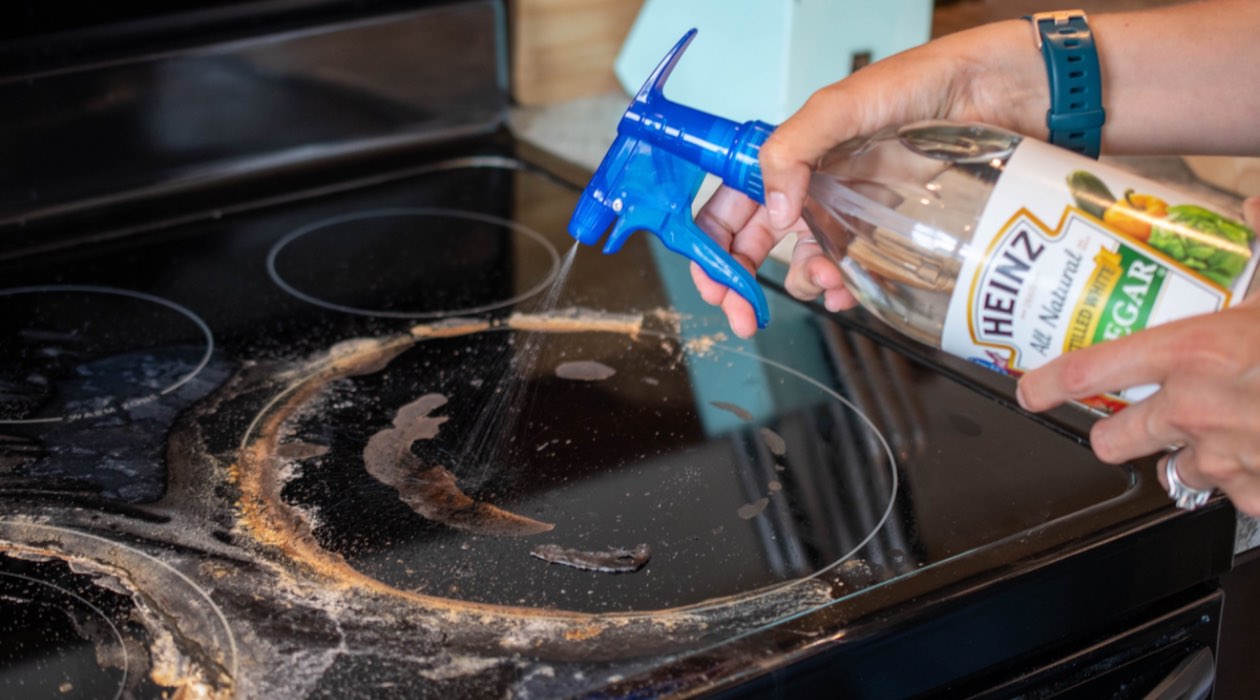
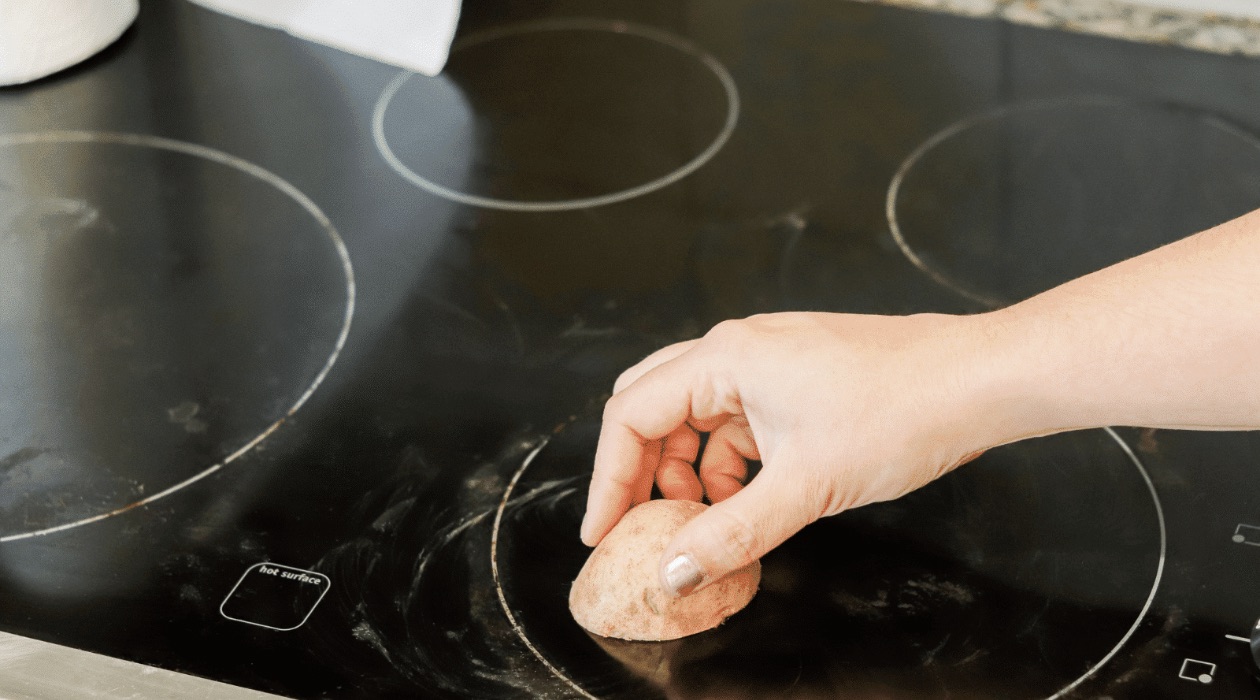
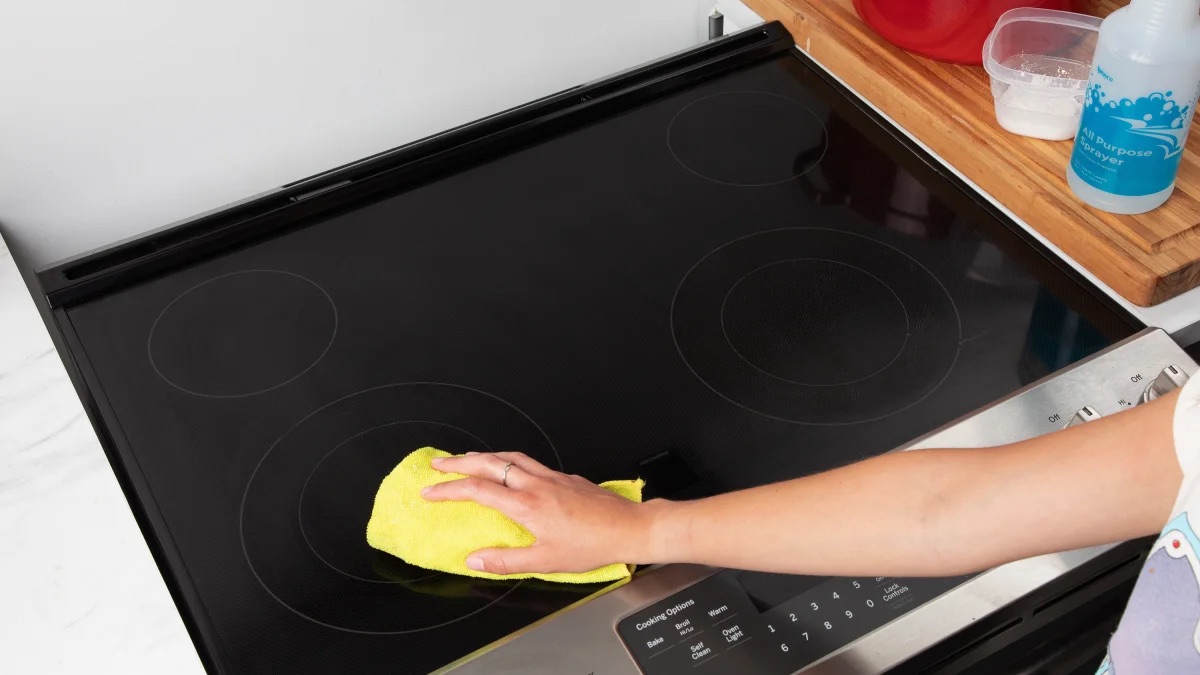
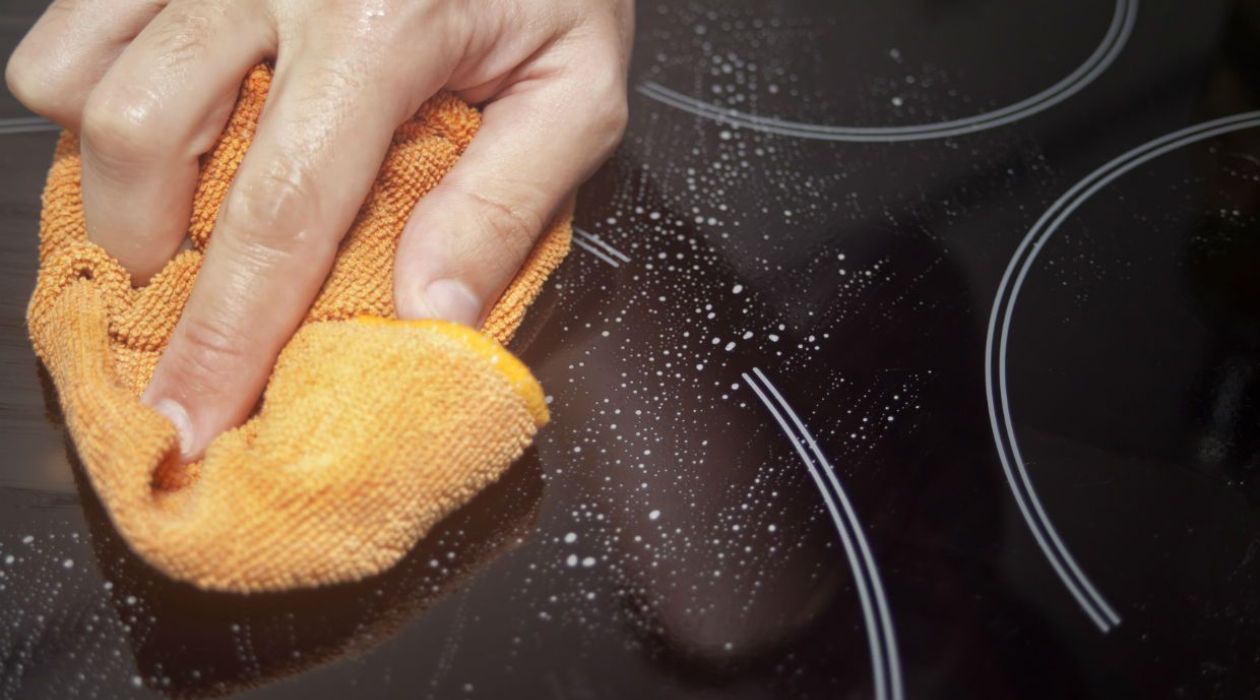
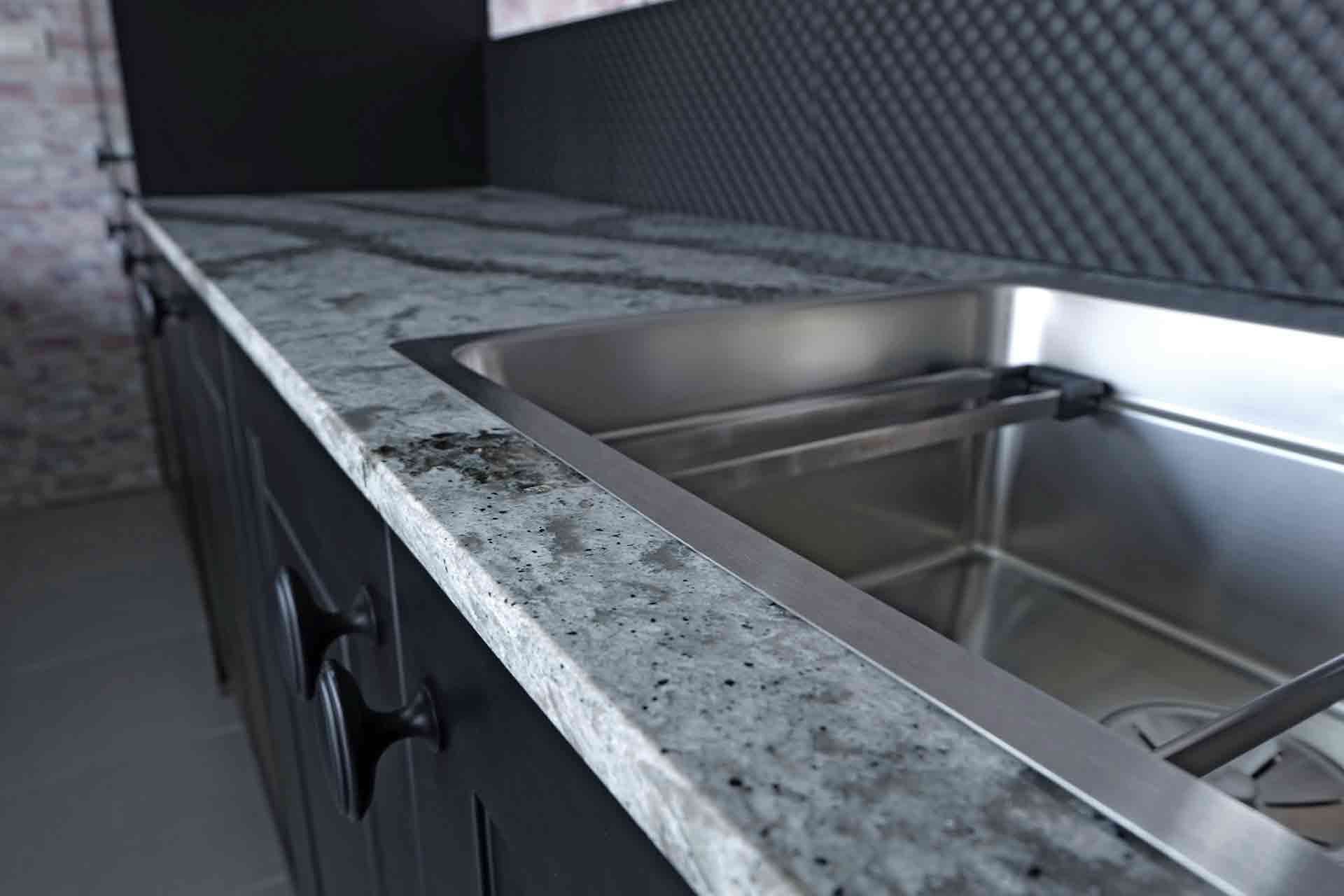
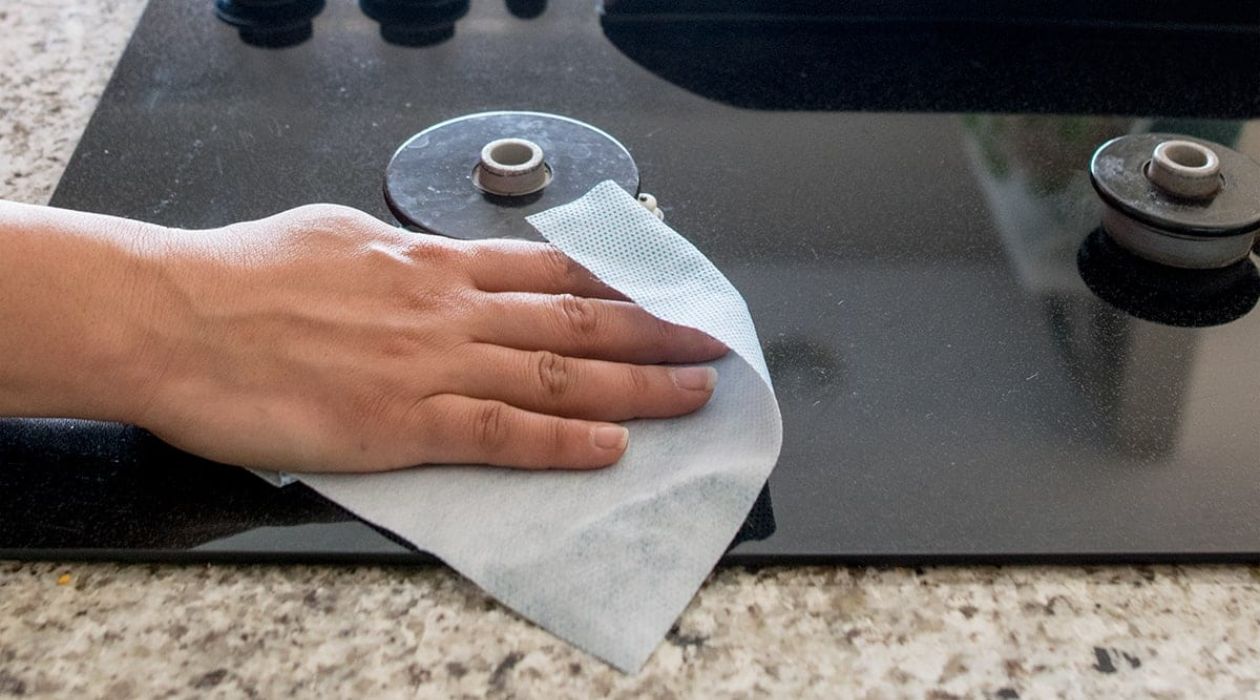
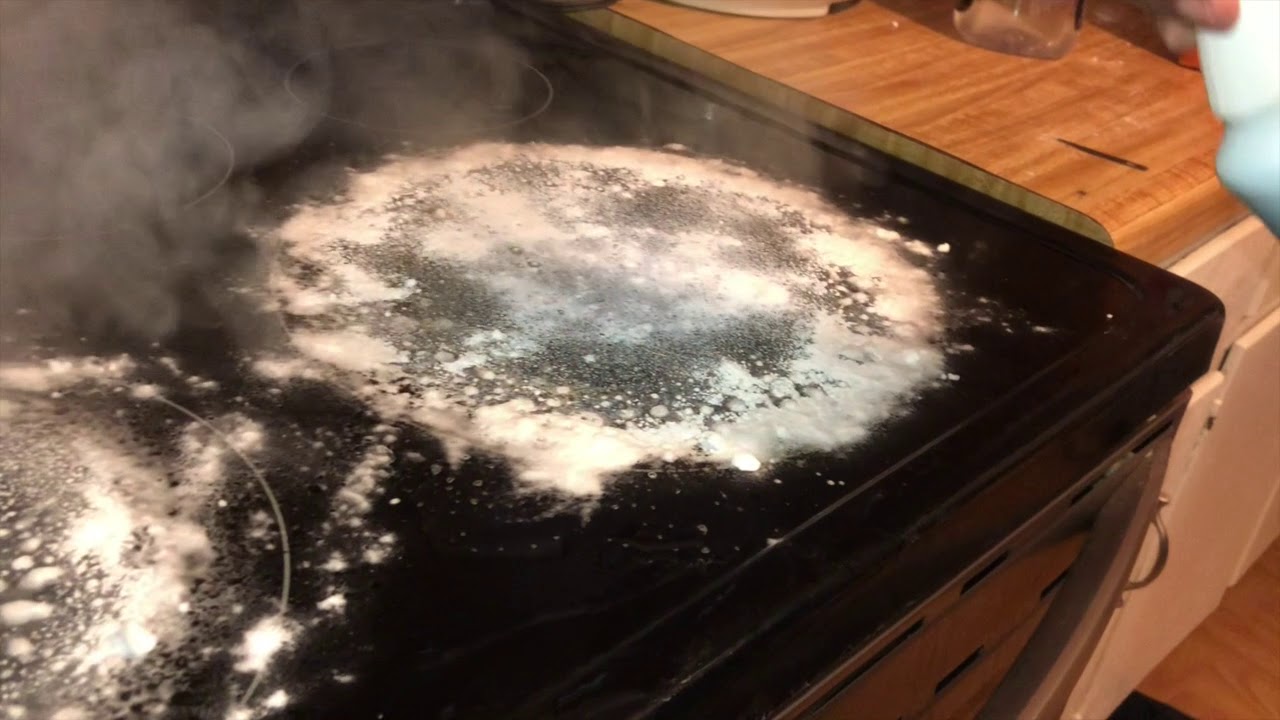
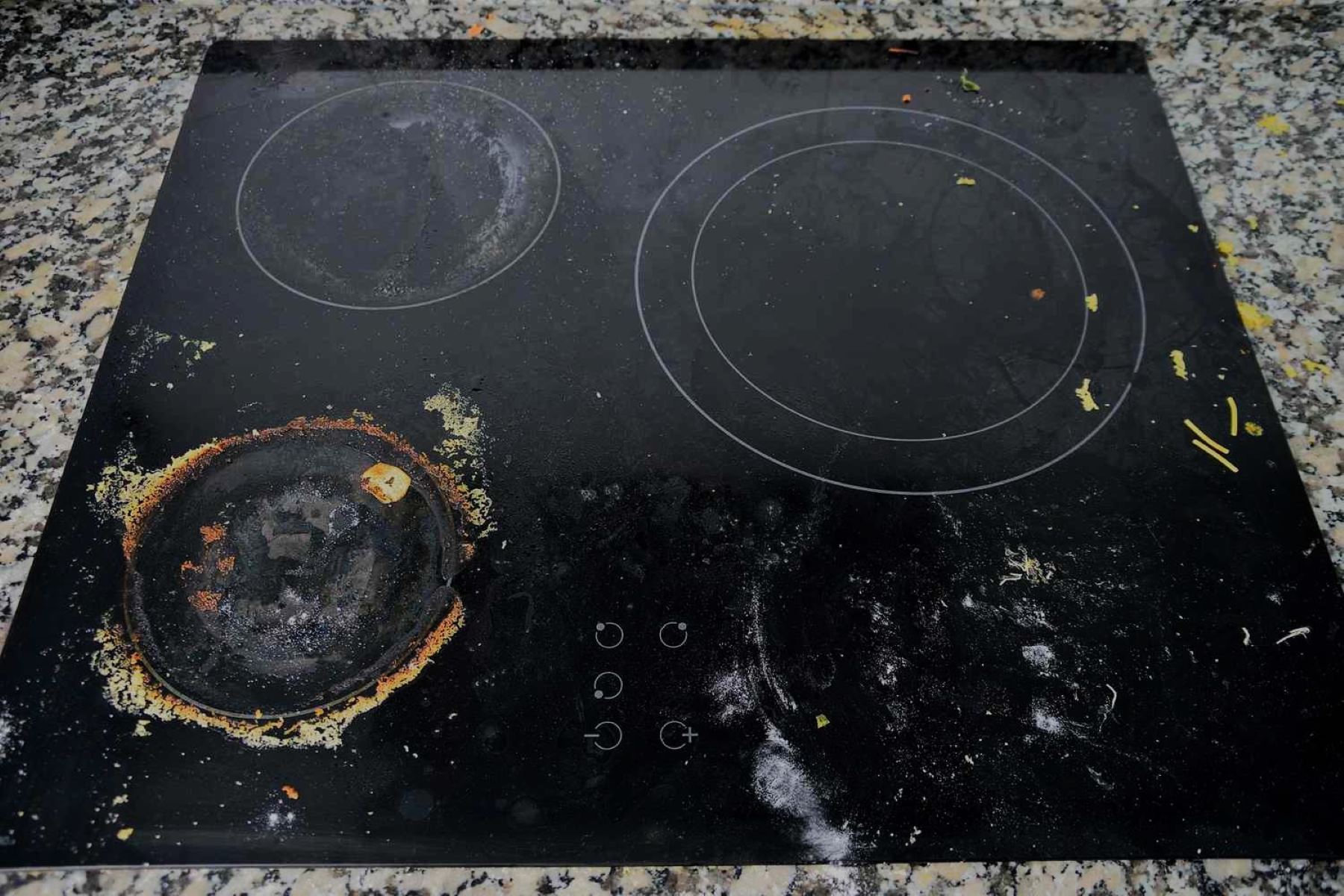
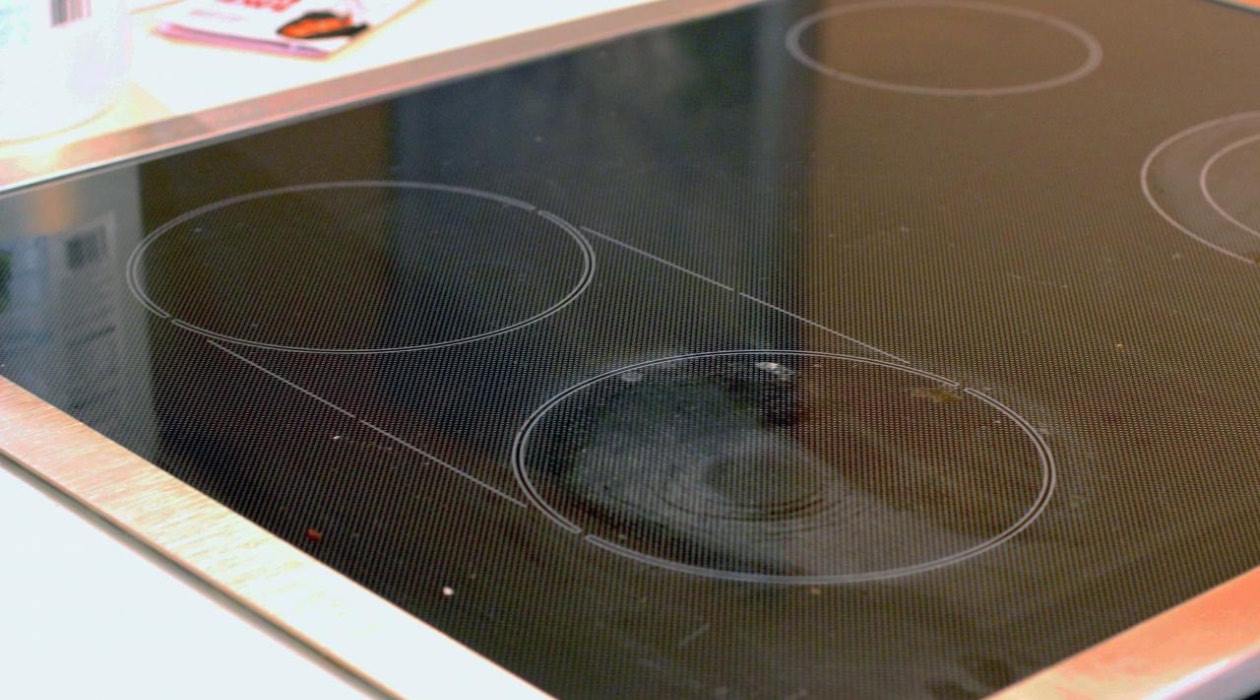
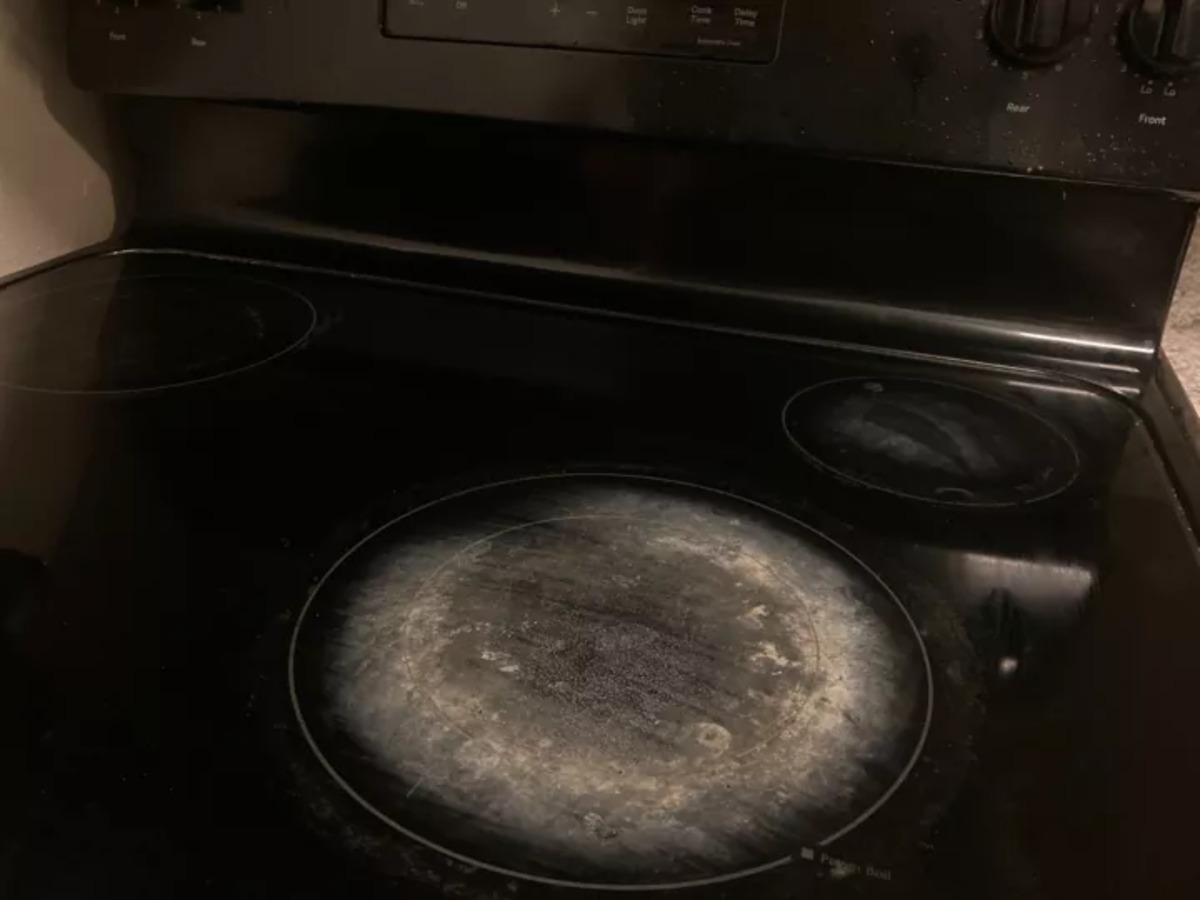

0 thoughts on “How To Get Burn Marks Off Glass Stove Top”